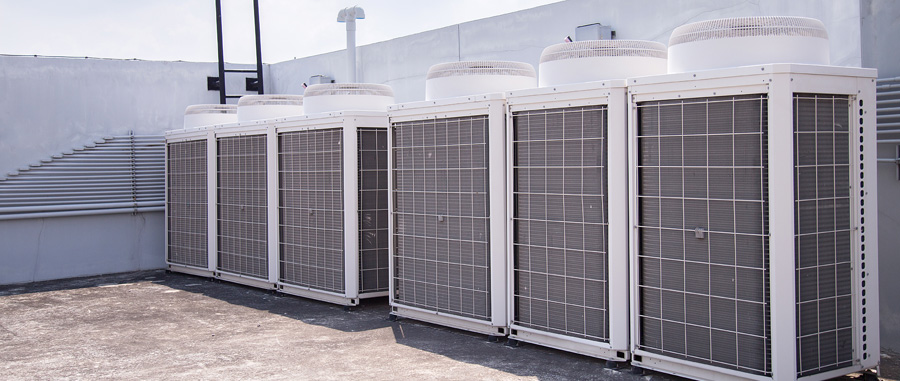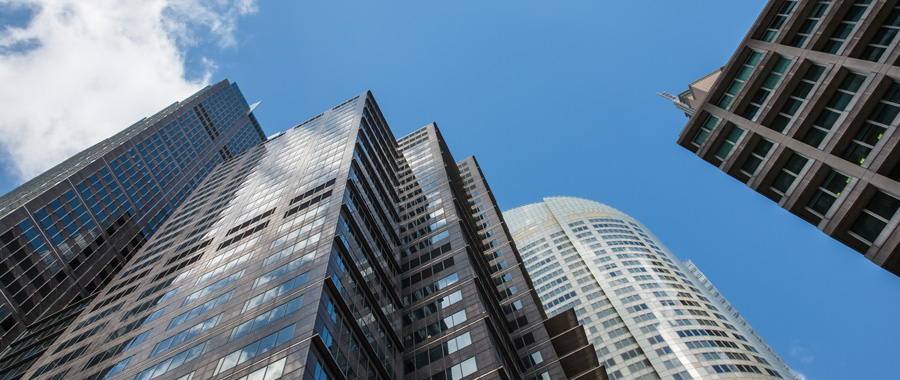If you are planning to build a new commercial building, you should carefully select the air conditioning system because this system consume around 40% of total building energy consumption and over its expected 20 years of service life, its running cost will be substantial. Therefore, you need to select the most efficient system to reduce your energy bills and in the same time get the best return on investment.
To discuss this subject and spread the benefit, we will share with you one of our projects that we completed. In this project, one of our clients engaged us to conduct an energy efficiency design review to one of their aged care facilities in Canberra and they sent us the design drawings and the specifications for this project. We reviewed the design for this facility and we recommended to them many energy conservation measures to include them in the design and modify it accordingly. The annual cost savings from our recommendations was $52,164 with annual energy savings of 1,015 GJ and 234 tonnes CO2 emissions avoidance. The major recommendation was changing of the air conditioning system from 4-pipe heat recovery chiller to VRV system with heat recovery.
To find out and advise our client on the most efficient air conditioning system for this facility, we analysed three options as listed below. All these systems provide simultaneous cooling and heating:
- Constant Speed 4-Pipe Heat Recovery Chiller System.
- Chiller/boiler System.
- Variable Refrigerant Volume (VRV) System with heat recovery.
We have assumed that the cost of the fan coil units, pipes, valves, controls and the installation labour are the same for all the three options because they are very similar. We considered the cost of the followings in our calculations for each system:
- For the heat recovery chiller, we have considered the cost of the chiller itself only because the chiller has built-in pumps and pumps VSD.
- For the chiller/boiler system, we have considered the cost of the chiller, the boiler and the chilled water and hot water pumps and their VSD.
- For the VRV System, we have considered the cost of the outdoor units and the heat recovery boxes.
The best way to analyse and compare the efficiency of these three options is by using energy simulation software, however, this is was beyond the scope of this project. We used instead the manual calculations with reasonable assumptions and estimations such as the heating and cooling degree days method to give indication about which system is the most efficient to allow our client decide on which system to use for this facility.
The required air conditioning system cooling capacity for this facility was 500 kW and the heating capacity was 560 kW. The table below compares the three options and their annual running cost:
| Summary of the Three Options | ||||||
| Budgetary Capital Cost ($) | Annual Energy Cost ($) | Annual Electricity Consumption (kWh) | Annual Gas Consumption (MJ) | Annual Energy Consumption (GJ) | Annual GHG Emissions (Tonnes CO2-e) | |
| Heat Recovery Chiller System | $306,400.00 | $114,484.47 | 618,834.95 | – | 2,227.81 | 513.63 |
| Chiller/Boiler System | $255,500.00 | $148,105.27 | 103,921.26 | 5,155,193.33 | 5,529.31 | 351.23 |
| VRV System | $200,000.00 | $71,185.56 | 384,786.82 | – | 1,385.23 | 319.37 |
From the above table, we can note the followings:
- VRV system has the lowest running cost. The running cost of the VRV system is around 62% of the running cost of the heat recovery chiller and 48% of the running cost of the chiller/boiler system
- VRV system has the lowest capital cost. The capital cost of the VRV system is around 65% of the capital cost of the heat recovery chiller and around 78% of the capital cost of the chiller/boiler system
- VRV system has the lowest GHG emissions. Although, the chiller/boiler has lower GHG missions than the heat recovery chiller but its running cost is higher. Note that this is true for Canberra because the gas tariff is high but if the project is located in Melbourne for example where the gas tariff is almost half the tariff in Canberra, then the running cost of the chiller/boiler system would be less than the running cost of the recovery chiller.
- Chiller/boiler system has higher annual energy consumption than the heat recovery chiller but less GHG emissions. The reason for that is the natural gas produces less GHG emissions per MJ compared to the electricity.
Therefore, the total savings in the first year if VRV system is used instead of 4-pipe heat recovery chiller will be $149,698.90.
We further carried out life cycle cost analysis to estimate the present value of the total cost of each option over 20 years, which is the expected service life of all the three options. Our analysis showed that the heat recovery chiller will cost $1,783,908 over 20 year service life, while the chiller/boiler system will cost $2,132,393 and the VRV System will cost only $1,121,026. If the VRV system is used, it will save $662,881 over its entire 20 years service life compared to the specified 4-pipe heat recovery chiller.
Based on the above savings of the VRV system, we recommended to our client reconsidering this system for their facility. We have roughly examined the dimensions of the VRV outdoor units and found that 20 outdoor units with 28 kW nominal cooling capacity each, will fit in the plantroom apace available on the roof. These 20 VRV Units give much better redundancy than only two heat recovery chillers. For example, if one of the heat recovery chillers is faulty or shut down for maintenance, the air conditioning system will lose 50% of its cooling and heating capacities, while if one of the VRV units is faulty, then the air conditioning system will lose only 5% of its capacity.
If you have a building or a facility under design and you need to make sure the design is efficient, then please contact AESS for an energy efficiency design review to make sure your design does not miss any energy conservation opportunity. Obviously, changing the system design on paper is more sense and more cost effective that changing it after the system is installed.



